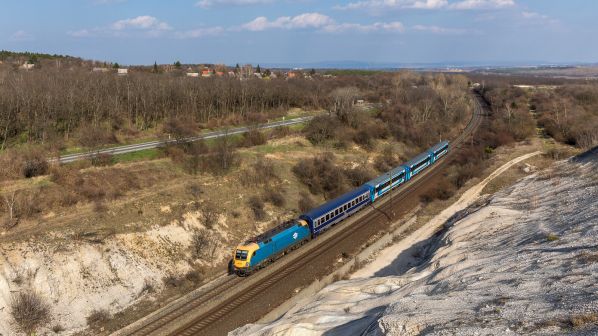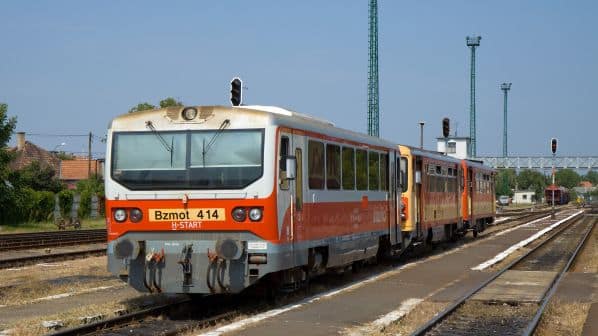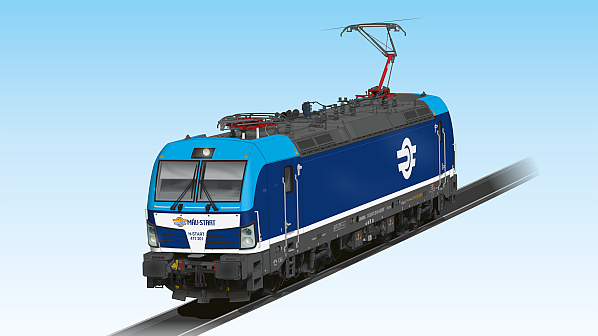HUNGARIAN State Railways (MÁV) has partially closed the double-track mainline between Budapest and Hegyeshalom on the Austrian border, the busiest line in Hungary, as it implements a rebuild following the introduction of speed restrictions on the line.
The flatter sections of the line have a maximum speed of 160km/h. But while the line has seen a great deal of investment over the last 30 years, MÁV reduced the maximum permitted speed on the hilly section between Bicske and Szárliget from 120km/h to 100km/h.
MÁV says it had planned to rebuild the affected section in early 2024, but the government ordered an immediate start to work, which commenced on September 18. MÁV says it plans to complete the project before the end of this year. A single track will remain open until October 26, when both tracks will be shut.
Minister of construction and transport, Mr János Lázár, says he cannot believe that MÁV does not have the $US 83m needed for repairs in its $US 2.2bn budget for 2023. This immediately raised questions over why the government did not order national operator MÁV-Start to continue operating rail services on 10 branch lines where replacement buses were introduced in August due to a shortage of the Bz diesel railcars used on these routes, which were built between 1971 and 1986 and are prone to frequent mechanical failures. The closures have only resulted in a saving of $US 1.95m per year.
The sooner than planned rebuilding of the Biatorbágy - Szárliget section has caused considerable disruption to passengers, both those now required to use replacement buses or those continuing to use the curtailed rail service on the single track. Buses have been overcrowded, while Austrian Federal Railways (ÖBB) says Railjet services on the route have been delayed by 20 to 30 minutes, prompting ÖBB to stop guaranteeing that passengers would make their connections at Vienna main station. MÁV has suggested that passengers travel from Budapest to Vienna an hour earlier to make their planned connection.
Some freight services are also continuing to use the single-track portion of the line, but most trains have been diverted via the Székesfehérvár - Komárom line or via Veszprém in the case of trains bound for Slovenia.
During the full closure starting later this month, some international overnight services and services to and from Romania will also be diverted via the Székesfehérvár - Komárom line.
Infrastructure investment
The line closure and speed restrictions are part of a number of issues currently facing the Hungarian network.
In a radio interview, Lázár said that $US 15.8bn was required to upgrade Hungary’s rail network and rolling stock fleet to modern standards. The government says it plans to meet this backlog by applying for funding from the European Union (EU) and private sources over the next 10 years.
The main initiatives will be centred around Budapest.
The announcement comes months after the government returned money allocated by the EU for the modernisation of Nyugati station due to a lack of overall funding for the project.



